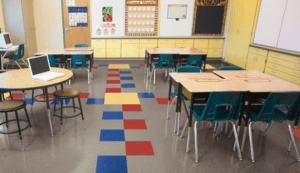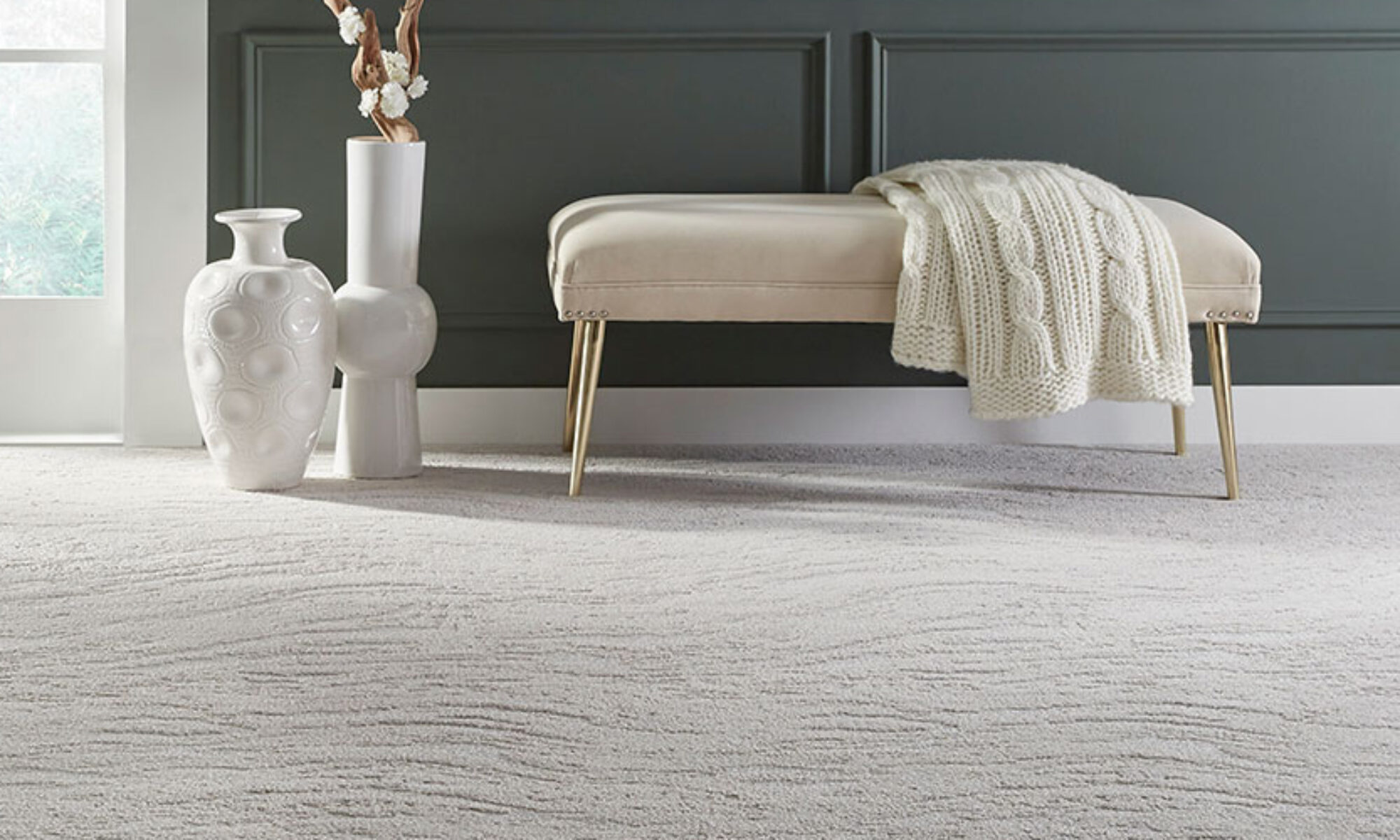When you are in the process of constructing or renovating a commercial building, there are a lot of different factors that you have to consider. One of the finishing touches that you’ll have to select is the flooring. In today’s market, there are several different types of commercial flooring options that you can choose from.
Hardwood

 Hardwood flooring can provide you with a classic or elegant look that will last for many years. Depending on what type of hardwood you get, you may even be able to sand and refinish it in a few years to give it a face lift. You can choose from hardwood flooring options that come in many different colors, finishes and textures, depending on your preference.
Hardwood flooring can provide you with a classic or elegant look that will last for many years. Depending on what type of hardwood you get, you may even be able to sand and refinish it in a few years to give it a face lift. You can choose from hardwood flooring options that come in many different colors, finishes and textures, depending on your preference.
Carpet
 While every kind of carpet would not be appropriate for commercial uses, there are some great commercial carpets that can stand up to a lot of wear and tear. With commercial carpet, you’ll get a very low profile that looks and feels a little bit more comfortable underfoot. Commercial carpet is also one of the most economical choices that is available.
While every kind of carpet would not be appropriate for commercial uses, there are some great commercial carpets that can stand up to a lot of wear and tear. With commercial carpet, you’ll get a very low profile that looks and feels a little bit more comfortable underfoot. Commercial carpet is also one of the most economical choices that is available.
Vinyl
 There are a number of different vinyl products in today’s flooring market that are really good for commercial use. For instance, you could get vinyl planks that look like hardwood, but offer a little different texture. You can also get vinyl tiles or vinyl sheets that look like tile, stone and almost any other type of flooring. Vinyl is a good option to consider because it is cheaper than most of the other flooring options and it looks very realistic.
There are a number of different vinyl products in today’s flooring market that are really good for commercial use. For instance, you could get vinyl planks that look like hardwood, but offer a little different texture. You can also get vinyl tiles or vinyl sheets that look like tile, stone and almost any other type of flooring. Vinyl is a good option to consider because it is cheaper than most of the other flooring options and it looks very realistic.
Tile

 Tile is one of the most elegant and durable flooring options that you could use in a commercial space. It does take a little longer to install because the mortar has to dry, but it gives you a very nice look.
Tile is one of the most elegant and durable flooring options that you could use in a commercial space. It does take a little longer to install because the mortar has to dry, but it gives you a very nice look.
If you are constructing a commercial building or if you are looking to update the look and feel of your office, store, restaurant, church or school, there are various circumstances to take into consideration. We can help you determine which type of flooring would be best for your business. Set up a consultation by calling us at 713.880.2882.







 Granite is the hardest of all flooring stones. Formed from liquid magma, it is made up of a variety of mineral. It has a very dense grain, making it virtually impervious.
Granite is the hardest of all flooring stones. Formed from liquid magma, it is made up of a variety of mineral. It has a very dense grain, making it virtually impervious. Travertine is a form of limestone deposited by mineral springs. It has a honeycombed structure and a lot of surface pitting. It typically comes in two basic varieties: natural or filled. The pits can be filled with resin or grout to give each tile a solid surface. Left unfilled gives this stone a more highly textured surface. The filled-in areas won’t polish out, which create interesting contrasts.
Travertine is a form of limestone deposited by mineral springs. It has a honeycombed structure and a lot of surface pitting. It typically comes in two basic varieties: natural or filled. The pits can be filled with resin or grout to give each tile a solid surface. Left unfilled gives this stone a more highly textured surface. The filled-in areas won’t polish out, which create interesting contrasts. Limestone is actually a young marble, formed from the consolidation of seashells and sediment. Each stone has a certain amount of surface pitting, fossilized shells, fissures and mineral striations.
Limestone is actually a young marble, formed from the consolidation of seashells and sediment. Each stone has a certain amount of surface pitting, fossilized shells, fissures and mineral striations.

